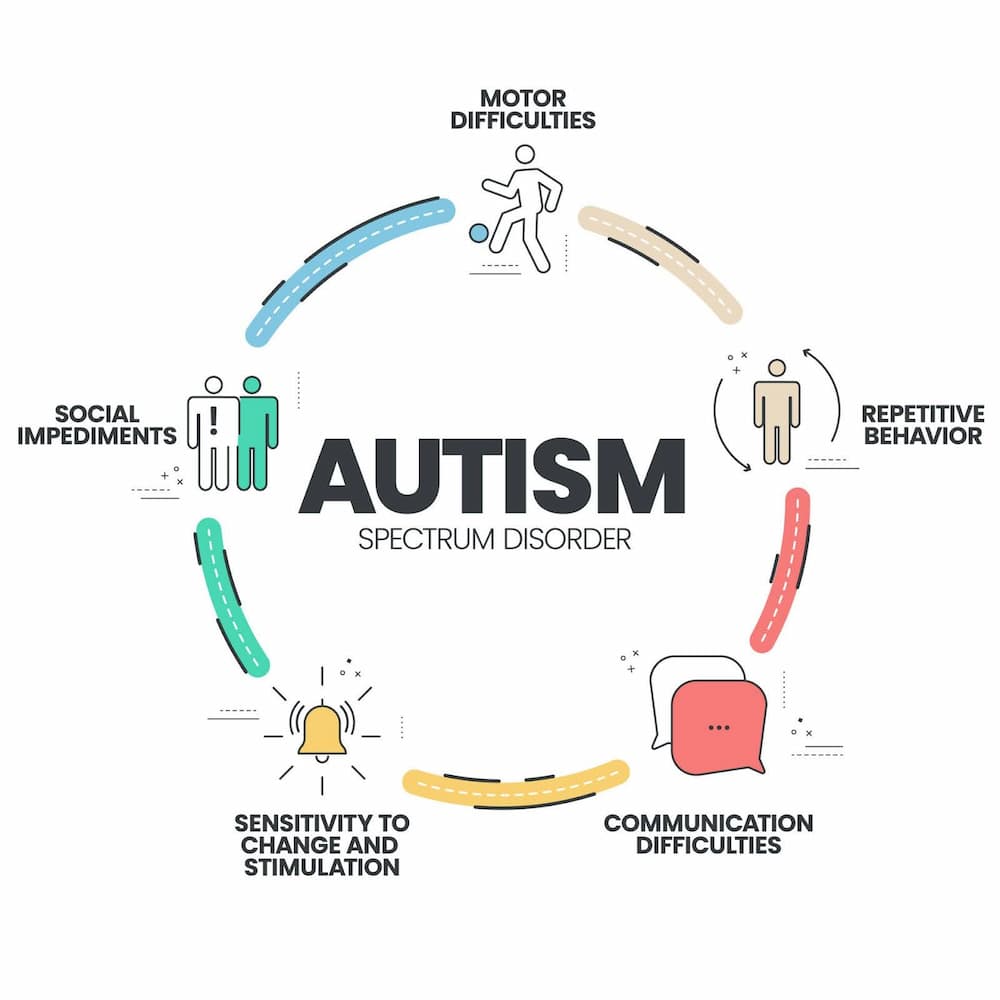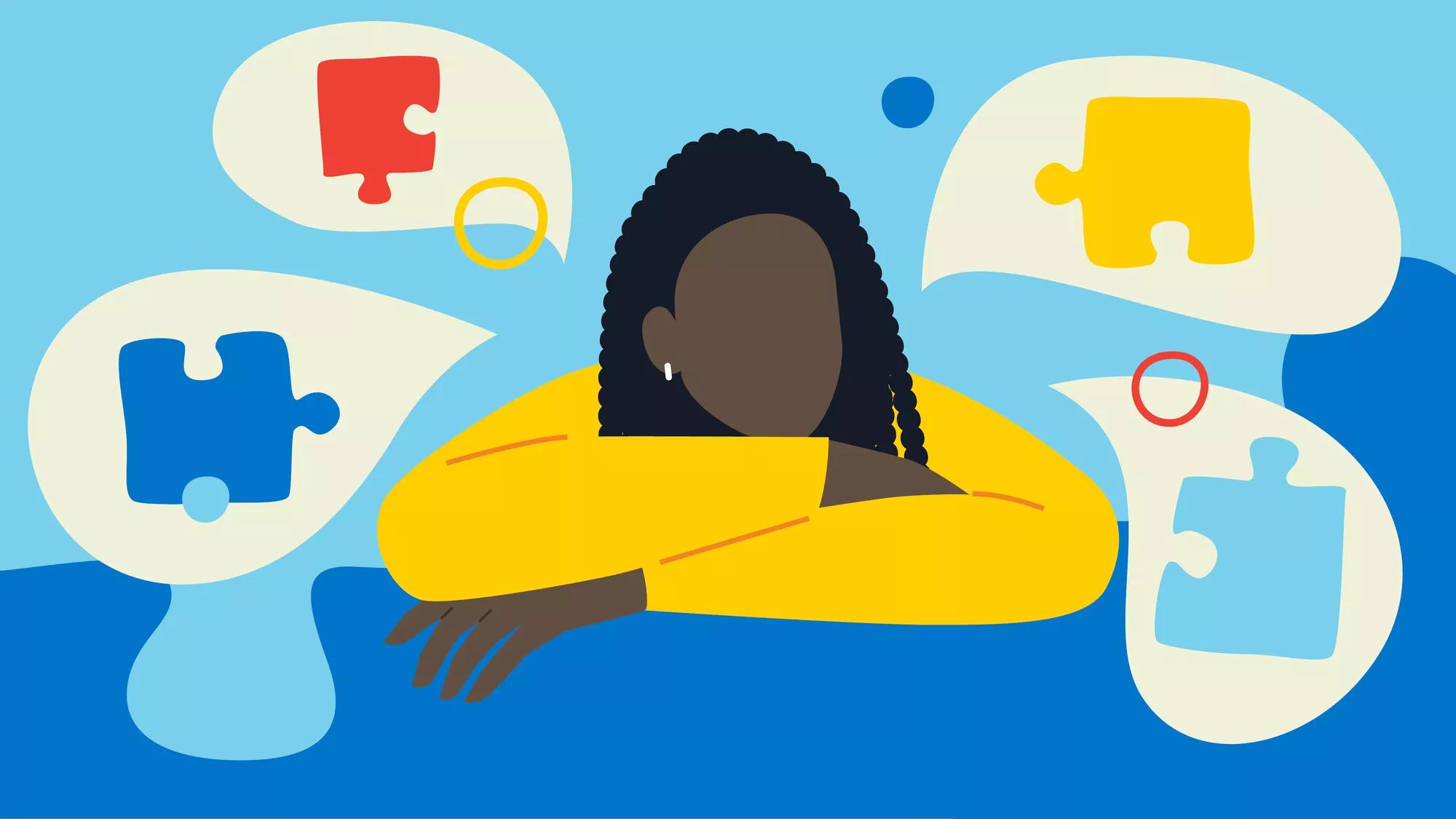Browsing Social Difficulties: Tips for Individuals Coping With Autism
Browsing Social Difficulties: Tips for Individuals Coping With Autism
Blog Article
Checking Out Autism: Techniques for Reliable Communication and Interaction
Efficient interaction and communication with individuals on the autism spectrum demand a thorough understanding of their one-of-a-kind demands and preferences. The ins and outs of these strategies expose further factors to consider that merit expedition, specifically in exactly how they can be adjusted to individual experiences and varied contexts.
Comprehending Autism Range Problem
Autism Spectrum Problem (ASD) encompasses a series of neurodevelopmental problems defined by challenges in social interaction, communication, and repetitive behaviors. The term "range" shows the varied manifestations and differing degrees of seriousness experienced by individuals with ASD. While some might display considerable impairments, others might display high-functioning attributes, permitting greater independence in life.
The start of ASD generally takes place in very early youth, with indicators often well-known by age 2. Early indicators may consist of postponed speech growth, restricted eye contact, and difficulties in understanding social hints. Although the precise etiology of ASD stays vague, study recommends a combination of environmental and hereditary factors plays a vital function in its advancement.
As an outcome, treatments and support tailored to specific needs are essential for promoting communication and social abilities. Recognizing the complexity of ASD is important for advertising recognition, acceptance, and effective methods that assist in purposeful interactions with individuals on the range.

Significance of Clear Communication
Efficient interaction is essential for promoting understanding and link, specifically for individuals with Autism Range Disorder (ASD) Clear interaction not just facilitates social communications yet additionally boosts the person's capability to reveal their demands, ideas, and feelings. For individuals with ASD, the subtleties of language can frequently be challenging; consequently, using unambiguous and uncomplicated language is essential.
Additionally, clear interaction helps in reducing frustration and anxiety that may emerge from misunderstandings. When messages are shared in a straight and constant way, people with ASD are much better furnished to analyze info accurately, which can dramatically enhance their social involvement and involvement in numerous settings.
Establishing regimens and making use of visual assistances can better reinforce clear interaction. These strategies provide individuals with predictable frameworks that aid understanding and retention of info. Additionally, proactively being and listening individual throughout communications advertises an encouraging atmosphere where people with ASD feel valued and recognized.
Ultimately, prioritizing clear interaction not only equips people with ASD however additionally promotes even more meaningful links with their peers, caretakers, and the larger community, leading the method for inclusive interactions and collaborative partnerships. - autism
Non-Verbal Communication Strategies
Interaction extends past words, and for people with Autism Range Disorder (ASD), non-verbal signs play a substantial role in communications. Non-verbal interaction strategies can consist of face expressions, motions, body language, and eye get in touch with, every one of which offer as vital parts for communicating intentions and emotions.
Comprehending and translating these non-verbal signals can enhance interactions with individuals with ASD. For circumstances, a cozy smile or open stance can produce a welcoming environment, urging engagement. Similarly, using aesthetic help-- such as picture cards or symbols-- can link communication spaces and help convey messages better.
It is likewise essential to be mindful of individual area, as individuals with ASD might have different comfort levels concerning proximity. Observing their responses to physical distance can notify suitable modifications.

Creating Encouraging Atmospheres
Creating an encouraging atmosphere is critical for cultivating favorable communications and enhancing the well-being of individuals with Autism Spectrum Condition (ASD) Such environments can significantly see page decrease anxiety and produce a feeling of safety and security, enabling people to share themselves much more openly.
To attain this, it is vital to consider sensory level of sensitivities that individuals with ASD may experience. Customizing the physical area to consist of soft lights, very little background sound, and comfortable seats can develop a relaxing environment. Additionally, utilizing regular regimens and clear visual schedules can help people expect changes and lower unpredictability, more advertising comfort.
Social areas must be structured to reduce frustrating stimuli while providing possibilities for interaction in recommended activities. Facilitating locations designated for peaceful time can likewise function as a sanctuary during moments of anxiety. Importantly, including components of selection encourages people, allowing them to exercise agency in their setting.

Encouraging Social Communications
Cultivating social interactions among individuals with Autism Range Disorder (ASD) needs willful techniques that focus on convenience and involvement. Developing predictable routines can help in reducing anxiousness, making social setups more friendly. Developing structured environments with specified roles and responsibilities permits individuals to engage without the overwhelming pressure of unstructured social dynamics.
Integrating interests and toughness right into social activities can i loved this act as a stimulant for communication. For instance, organizing team tasks around shared leisure activities or subjects of fascination can promote natural conversations and links. In addition, utilizing aesthetic supports, such as photographic timetables or social manuscripts, can help in recognizing social signs and expectations.
Modeling proper social behaviors is essential - autism. Grownups and peers must demonstrate effective interaction methods, including energetic listening and turn-taking. Role-playing scenarios can also provide a risk-free area for people to exercise these abilities
Lastly, cultivating peer partnerships via inclusive techniques is crucial. Motivating comprehensive playdates or group trips can develop chances for socialization in a comfortable setting. By implementing these teachers, caregivers and strategies can significantly enhance social interactions for individuals with ASD, advertising their general social growth and wellness.
Conclusion
To conclude, effective interaction and communication approaches are important for supporting individuals with Autism Spectrum Condition. Highlighting clear language, including non-verbal signs, and developing predictable routines significantly improve interaction and minimize stress and anxiety. Developing helpful environments cultivates secure social interactions, while encouraging shared rate of interests promotes purposeful links. Eventually, these methods encourage people with autism to navigate social landscapes, advertising their total wellness and enabling the development of long-term connections.
Efficient communication and communication with people on the autism spectrum necessitate a detailed understanding of their one-of-a-kind demands and choices. Clear interaction not only assists in social interactions however additionally enhances the individual's capacity to share their thoughts, needs, and emotions.Fostering social interactions among individuals with Autism Range Disorder (ASD) needs intentional strategies that focus on comfort and engagement. By carrying out these educators, caregivers and approaches can dramatically boost social interactions for people with ASD, promoting their overall social growth and wellness.
In web verdict, reliable communication and interaction strategies are crucial for sustaining people with Autism Spectrum Disorder.
Report this page